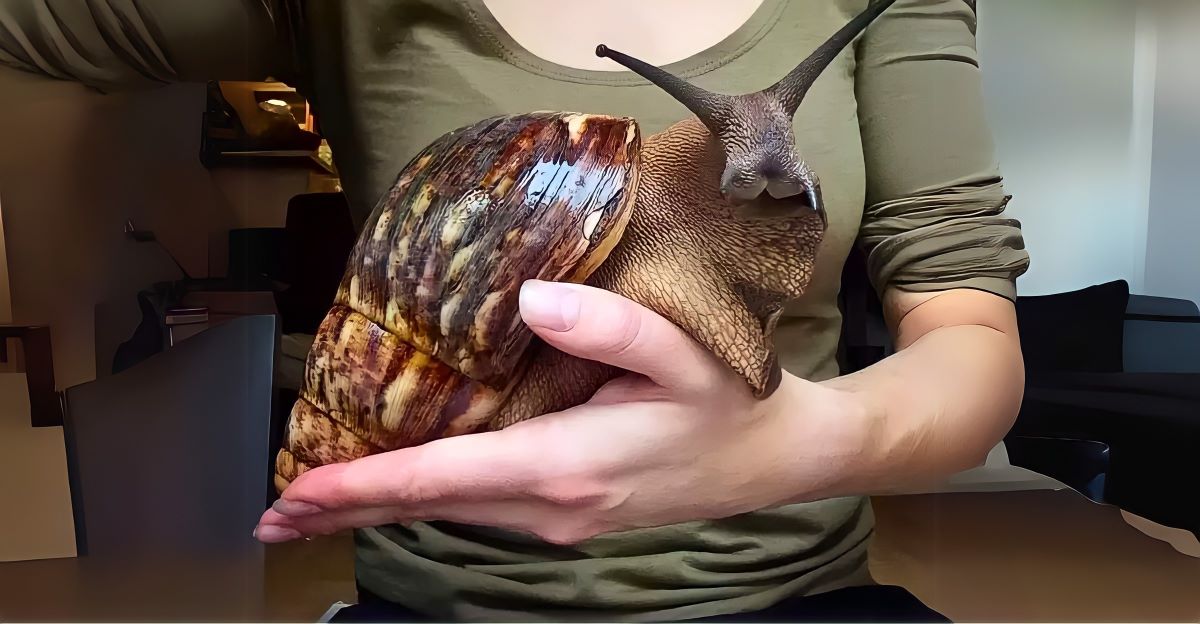
America has many wild landscapes that are home to some pretty surprising giants that were once native to Africa. These animals have made it into the country through human introduction, either on purpose or by accident.
These African immigrants range from invasive mollusks to large mammals, each with their own unique adaptations to survive on the American continent. Many of these animals have sparked debates among ecologists, ranchers, and regulators.
While some of these species are notorious, others are less well-known and have anchored themselves onto American soil. Here are nine African giants that are now on American soil.
Giant African Land Snail
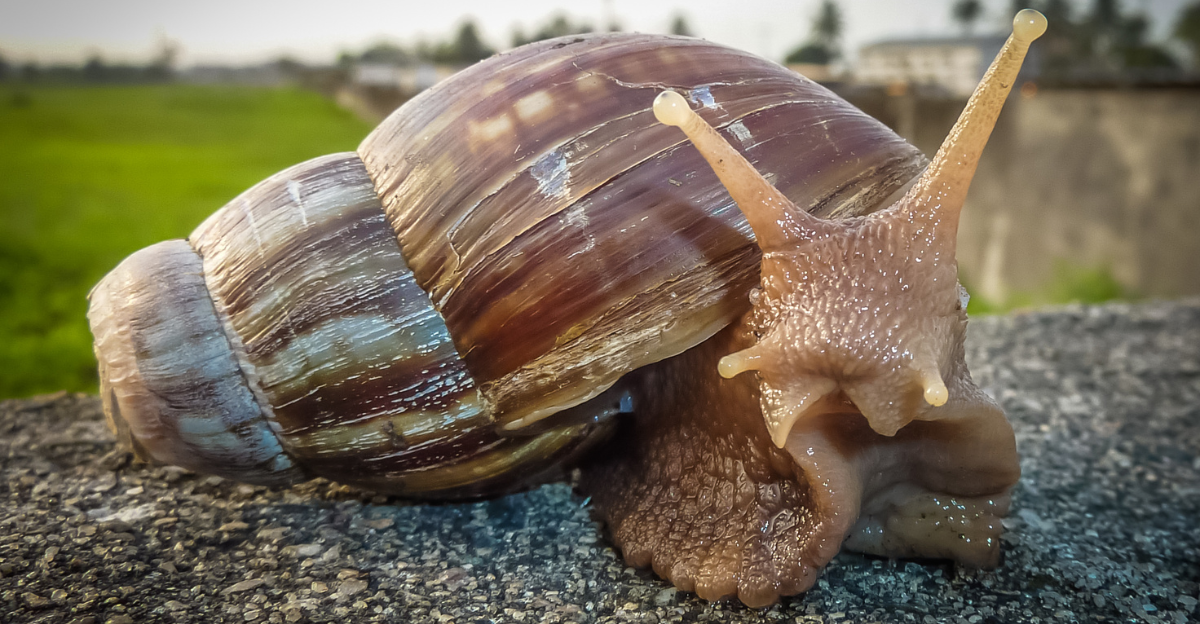
The giant African land snail is a behemoth by the standards of terrestrial snails, and has invaded the United States multiple times, especially Florida.
The snail originates from East Africa and can grow to the size of a human fist and populate quickly by laying hundreds of eggs a month. It has a big appetite and feasts on crops and even stucco which makes it a harmful agricultural pest.
The snail is an invasive species, like most on this list, and eradication efforts have been met with resistance over the years as they are smuggled over as either pets or for use in traditional medicine.
Feral Hippos
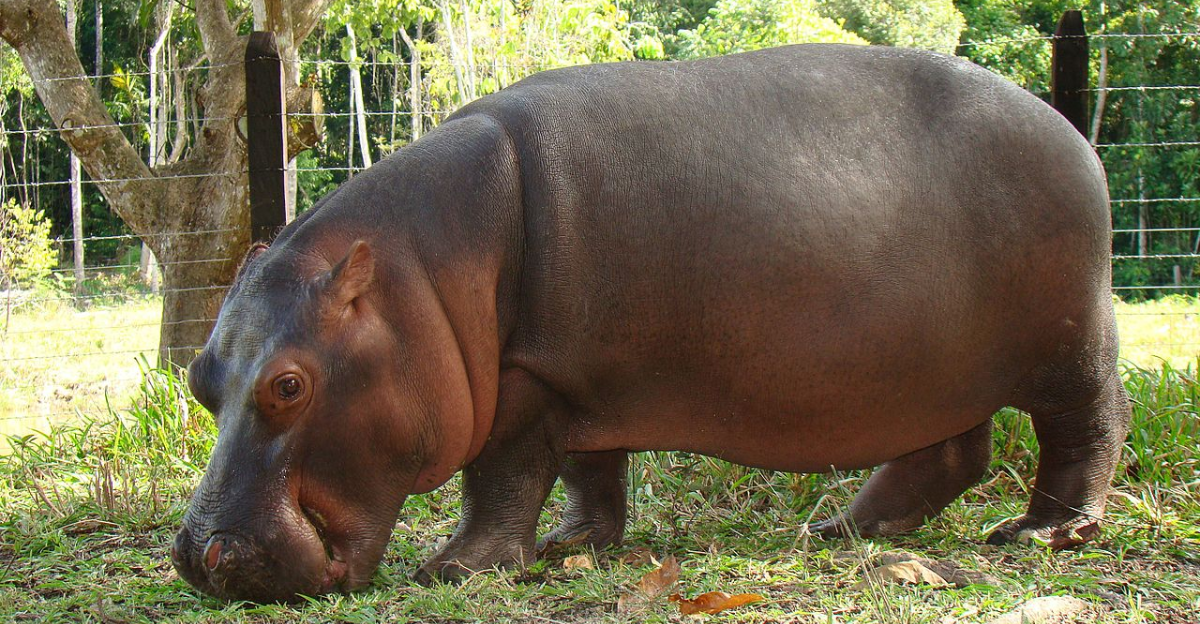
One of the craziest African giants to make it to America has to be wild hippos. A small population lives in Colombia and has an interesting origin story.
Drug lord Pablo Escobar had a private zoo on his property and wanted his very own hippos. After his death, the hippos escaped and managed to keep a small population along the wetlands and rivers of Colombia, becoming an iconic sighting.
These hippos have no natural predators, so their numbers are only rising; although some ecologists argue that they are an invasive species, others say that they are filling a gap Colombia hasn’t seen since the extinction of its megafauna.
Gemsbok
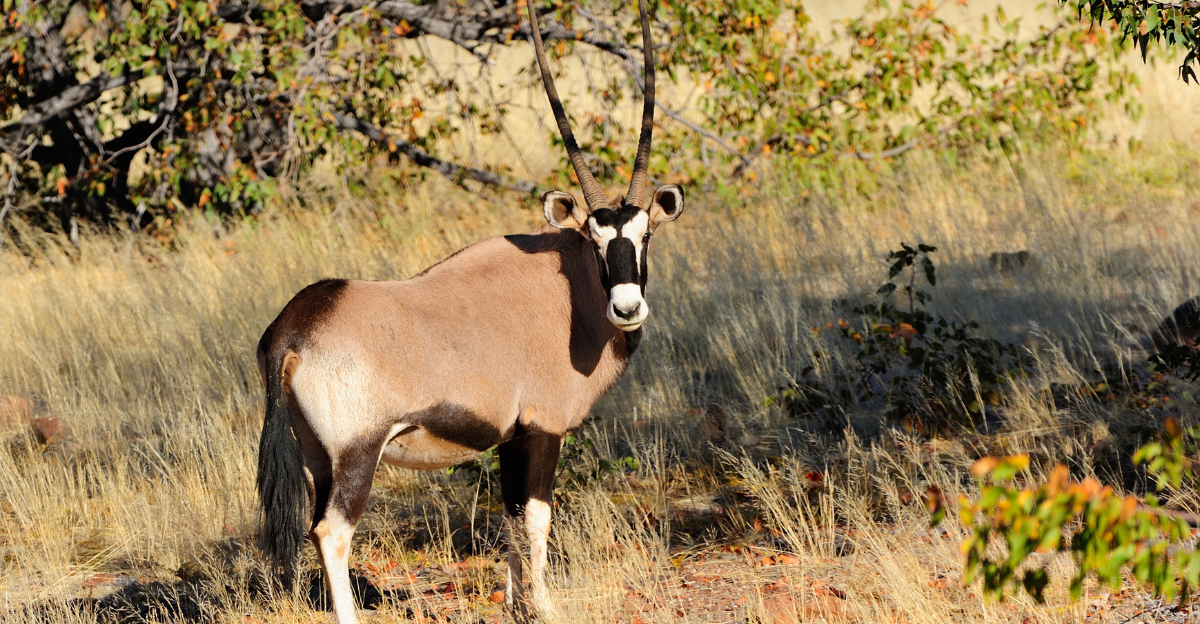
Originally native to Africa’s arid regions, the striking antelope called a gemsbok was introduced to New Mexico in the 1960s for hunting.
This shortsighted move meant that the population of gemsbok in New Mexico thrived, as they have no natural predators and the climate is similar to their native one back home.
Thousands of gemsbok roam the White Sands Missile Range and nearby areas, outcompeting native species and altering plant habitats. They are an example of the consequences of importing animals for game hunting.
Africanized Honey Bees
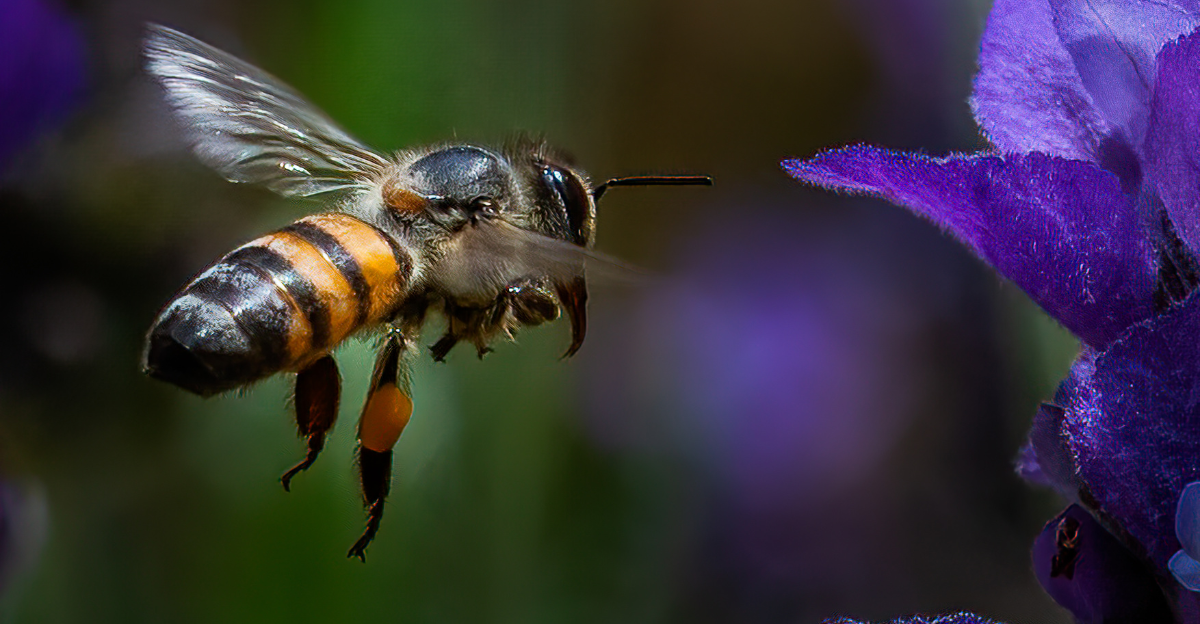
While the Africanized honey bee may be small in stature, they are giants when it comes to the impact they have on the ecosystem. These hybrid bees were created from European and African bees being crossbred in Brazil.
This hybrid population escaped and quickly spread throughout the Americas. They are an aggressive bee species, and outcompete native bees has earned them the reputation of being “killer bees.”
Africanized bees now thrive in the southern parts of the United States and play a large ecological role, challenging beekeeping efforts and threatening public safety with their giant influence.
Nile Monitor Lizards
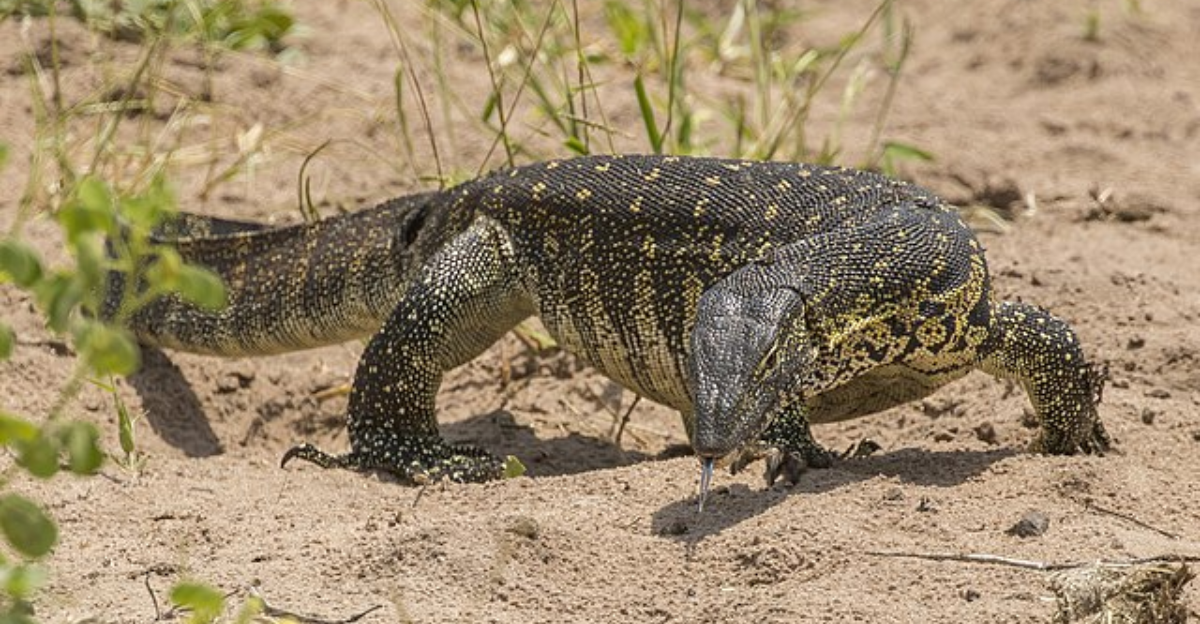
The Nile monitor lizards are a massive species that can grow more than six feet long and are highly adaptable predators. They are native to sub-Saharan Africa but have established a population in Florida.
These lizards eat nearly anything they can find, including bird eggs and even small mammals. These animals in the wetlands of Florida threaten the local wildlife, including important endangered species.
They are an ambush predator, which makes them difficult to control, and their population rising only showcases the risks of exotic pet ownership. Many other invasive reptiles are now thriving in Florida, including many snake species.
Cattle Egret
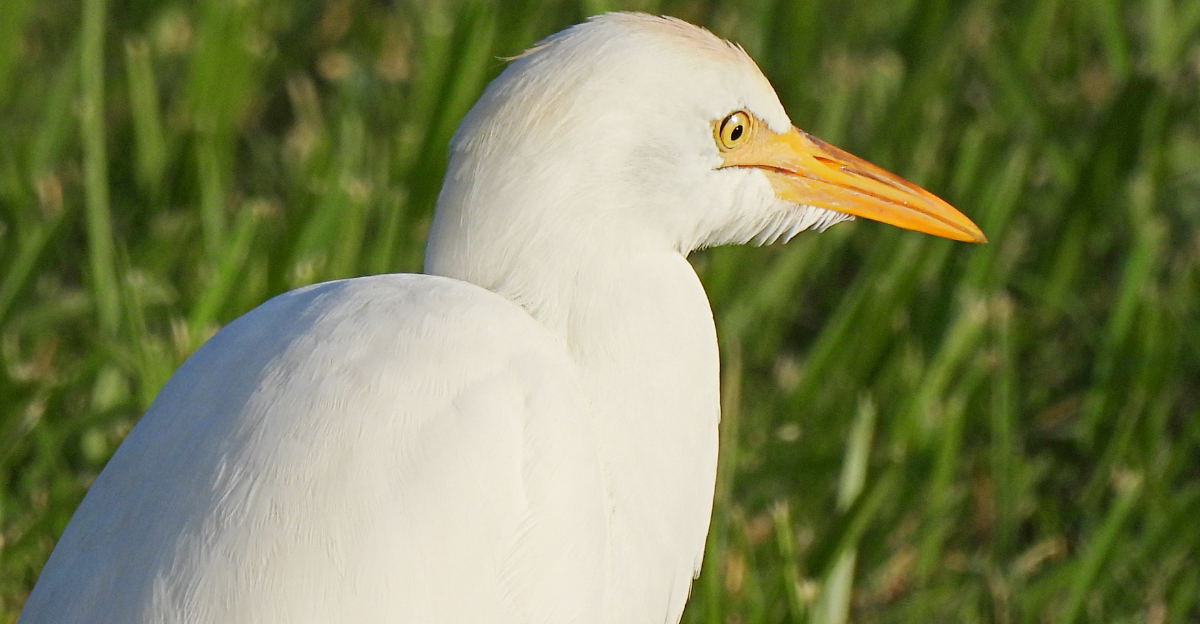
The cattle egret originated in Africa but made its way to the Americas in the 20th century by moving over the Atlantic. This bird species has naturally moved into the Americas, unlike many other species on this list, which have been introduced via human interference.
The cattle egrets are now commonplace in American pastures, where they have a mutually beneficial relationship with local livestock, and eat insects that are stirred up by them.
They have an important role to play, and although they are not large, their sheer will to fly from one continent to another cements them as giants of adaptability.
Barbary Sheep
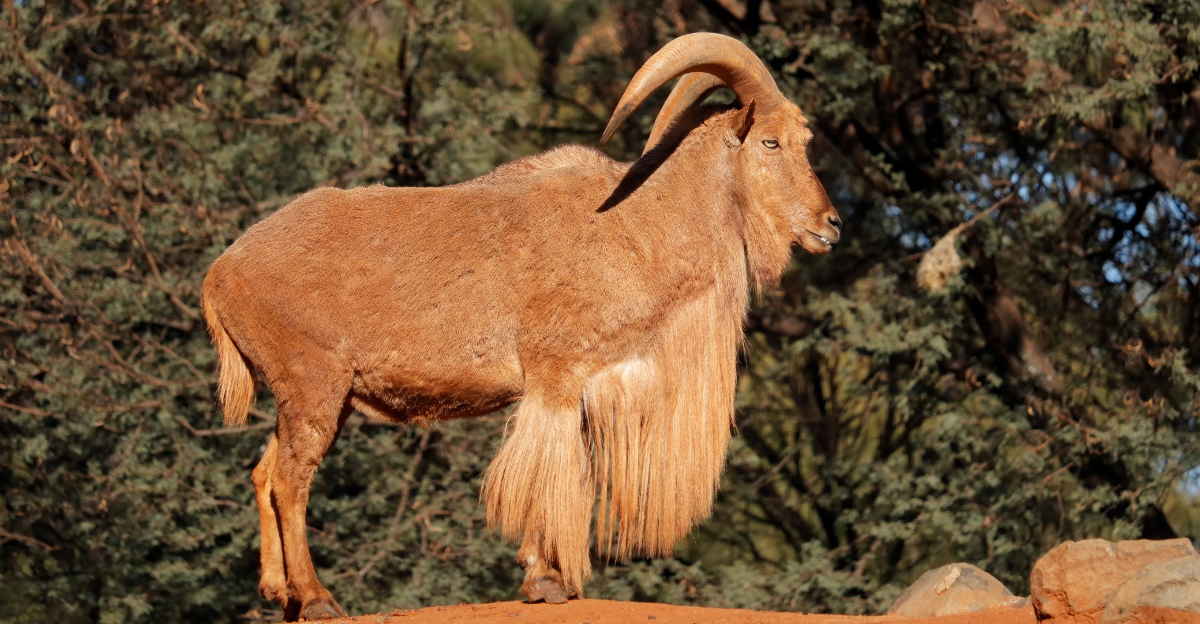
Barbary sheep, also called aoudad, are large antelope that were originally native to the rocky mountains of North Africa.
Like the gemsbok, this population was introduced into Texas and the Southwest for hunting. Since their introduction, they have established a population that thrives in the arid terrain in the surrounding area.
They compete with endemic bighorn sheep and have an effect on local plant species. The climate is similar to that in Africa, which has meant their population has cemented a foothold in America and isn’t leaving anytime soon.
African Clawed Frog
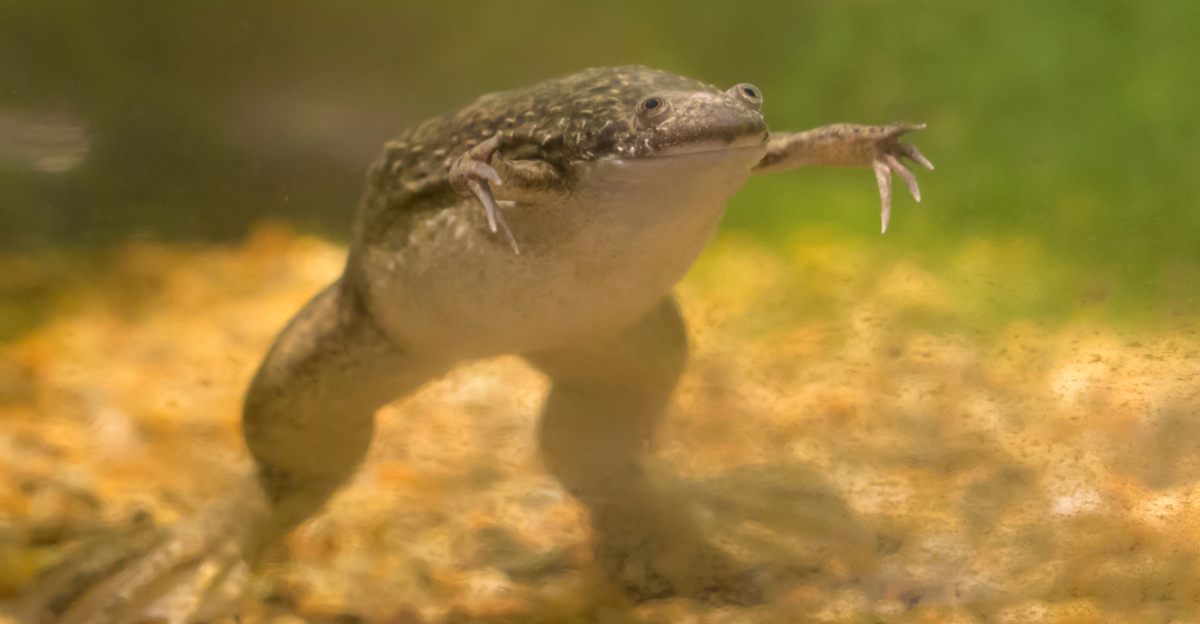
The African clawed frog is a species native to sub-Saharan Africa but now has a population in places like California and other parts of the United States.
They were introduced into America by the pet trade and in lab research, where they presumably escaped into the wild. The amphibians are highly adaptable and efficient predators, which threaten local aquatic life and spread the chytrid fungus, which puts other amphibian populations at risk.
They showcase how even a small amphibian can have giant ecological consequences when accidentally released into local habitats.
African Ostrich
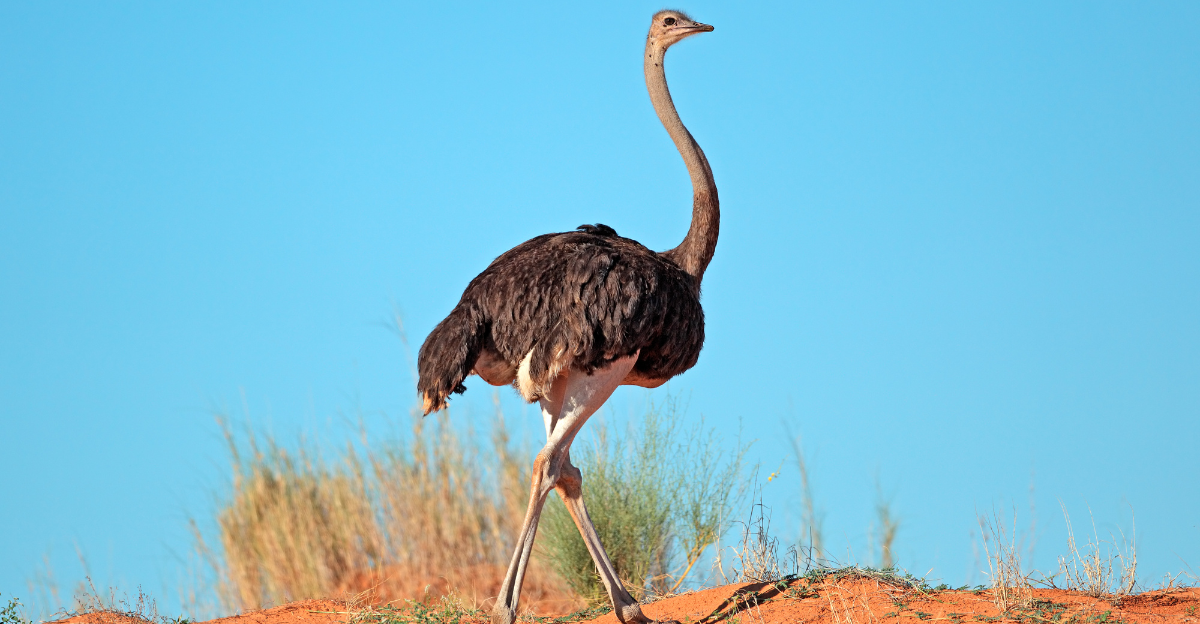
The ostrich is the world’s largest bird species and has been appearing in America since the 19th century for farming for their prized meat, feathers, and hides.
Most ostriches are still in captivity today, although some have escaped and created a feral population in Texas and other places. These wild ostriches have adapted to the semi-arid conditions of America and are both domesticated livestock and wild invaders.
They highlight how exotic ranching can result in an invasive species being released into the wild, and future exotic ranching should take these lessons into consideration and learn from their mistakes.
Explore more of our trending stories and hit Follow to keep them coming to your feed!

Don’t miss out on more stories like this! Hit the Follow button at the top of this article to stay updated with the latest news. Share your thoughts in the comments—we’d love to hear from you!







